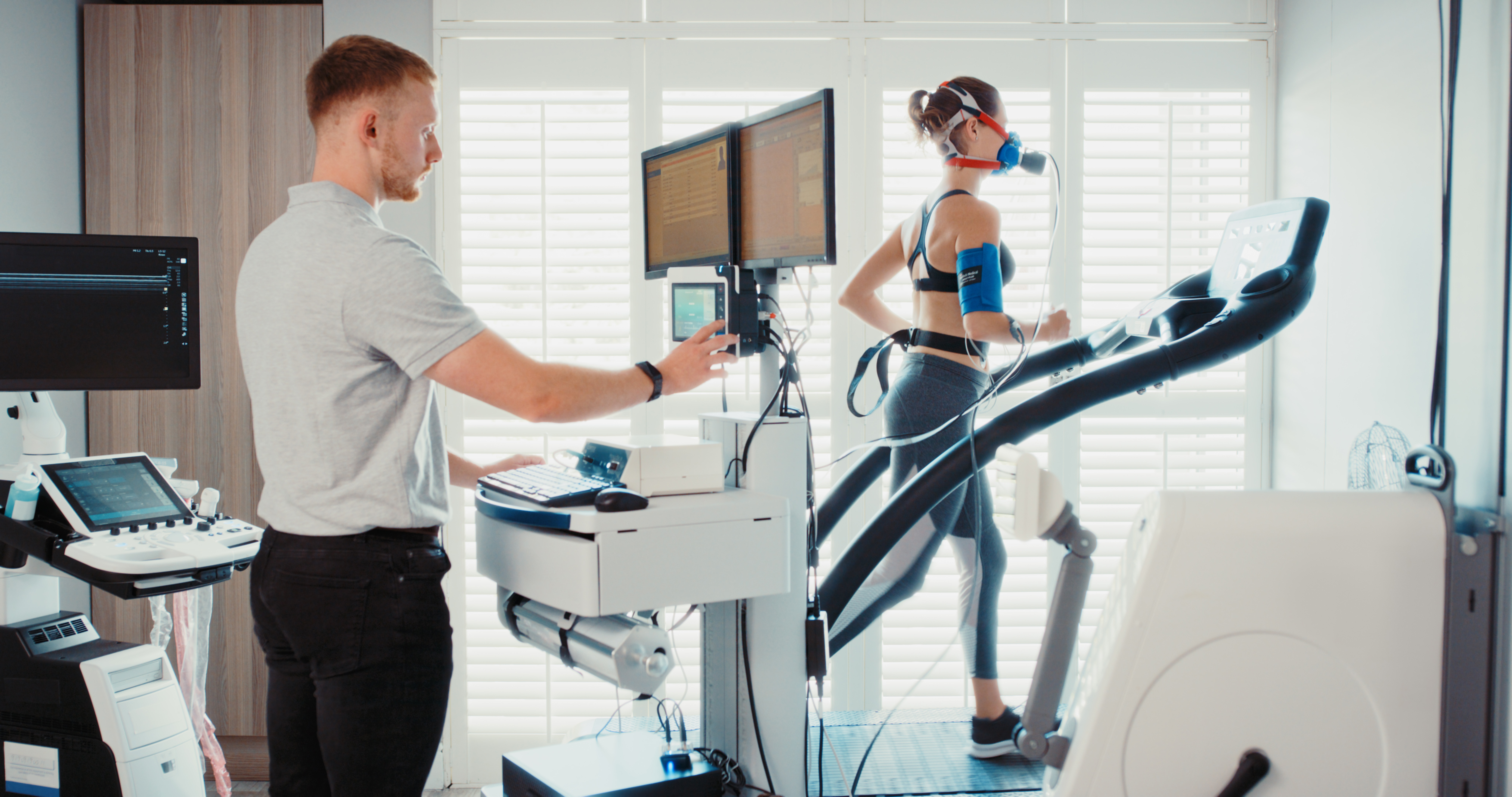
If you're an endurance athlete, your lactate threshold can be an incredibly useful training tool – but what exactly is it, and how can you measure and use it?
Lactate is created when muscle tissue burns glucose, and the harder your muscles work, the more lactate is produced. Your body can metabolize lactate, but as you continue to work harder, eventually you'll reach a point where lactate is being produced faster than it can be cleared, and it begins to build up.
Your lactate threshold (LT1) is the first significant rise in blood lactate above your baseline level, when you start to feel fatigue. Below this level, you can keep running happily for several hours.
The individual anaerobic threshold (LT2) is the point at which lactate begins to build up significantly in your body. You should be able to run between LT1 and LT2 for around 30-45 minutes.
The better conditioned you are, the higher your lactate threshold will be, and the more intensely you will be able to exercise without fatigue.
Lactate threshold training involves training at or just above your lactate threshold. Combined with steady, slower aerobic work, it can help raise your threshold and let you work closer to your potential.
Many GPS watches can give you a pretty decent estimate of your lactate threshold, and will help you train at the right intensity, but to actually find out for certain, you'll need to get yourself over to a sports science lab and submit yourself (and your blood) to some testing. You can then plug these numbers in your watch manually to ensure your training is as effective as possible.
All the latest inspiration, tips and guides to help you plan your next Advnture!
The testing process
My husband and I recently took a VO2 max test, where we also found out our lactate threshold and individual heart rate zones. I took the test on a treadmill at the University of Bath Sports Training Village, while my husband did his on an indoor bike.
After signing a consent form and having our height and weight measured, each of us was asked to give a small sample of blood to get a baseline reading. Don't worry, you won't need to give a whole armful; the sports scientist performing the test just uses a lancet to prick your finger and take a drop or two. If you're not a fan of needles, don't worry – you can look away, and you'll barely feel a thing.

Next, it was onto the treadmill for a gentle warm up. It's important to take things easy at this stage to avoid starting to generate lactate before the actual test begins. I spent 10 minutes moseying along just above walking pace.
Once I was warm, I was fitted with a face mask for the VO2 portion of the test, and it was time to get started. The treadmill started at a gentle jogging speed, and accelerated every three minutes. Just before each speed increase, I hopped off with my feet either side of the belt, and gave another tiny blood sample. It wasn't necessary to keep poking my finger; swabbing the same area was enough to get another drop.
This continued until I was too tired to continue, at which point I hopped off and submitted one final blood sample.
The results
Unlike VO2 max, which you can find out straight away, it'll take a few days to receive your lactate threshold results, which will come as part of a larger report together with specific training advice.
My results revealed a reasonable level of baseline endurance, and a relatively good amount of lower-end aerobic conditioning, but it could be improved over time. It becomes more important for longer distance events. I was advised that further training around LT1 will let me increase the running speed at which it occurs, thereby allowing me to run faster before the first rise in blood lactate concentration happens.
The LT2 is particularly important for events lasting up to, or just over an hour. As a runner who takes part in both 10k and half marathon events, it's just as important as LT1. By delaying LT2 further, I should be able to perform at a higher level for longer before becoming fatigued.
Both of these scores were used to create a table of personal heart rate zones for me, which I can now integrate into my training to shift both LT1 and LT2 further to the right-hand side of their respective graphs. These heart rate zones are quite different to those generated by Garmin Connect, so I'm looking forward to getting stuck in and using them as part of a structured training plan from now on.
The whole process was extremely interesting, and if you're looking for ways to optimize your training, I'd definitely recommend investigating it. Lactate threshold is much more trainable than VO2 max, and the heart rate zones you'll receive are a valuable training tool that's specific to exactly where you are in your fitness journey right now.
- Best Garmin watch: all the latest models tested and rated

Cat is the editor of Advnture, She’s been a journalist for 15 years, and was fitness and wellbeing editor on TechRadar before joining the Advnture team in 2022. She’s a UK Athletics qualified run leader, and in her spare time enjoys nothing more than lacing up her shoes and hitting the roads and trails (the muddier, the better), usually wearing at least two sports watches.
